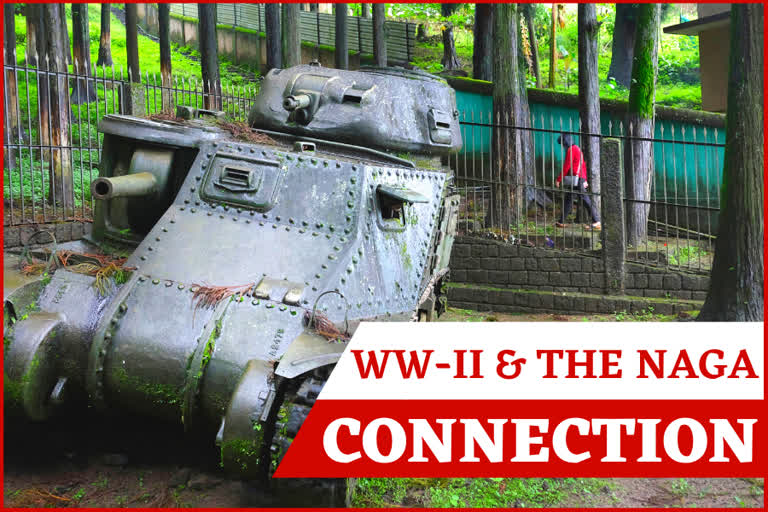Kohima: To Kuozeu Vizo, the landscape was as spellbinding as a rice field, golden and ripe for harvest, but it was her village burned black.
“I still wonder how they even knew which land belonged to whom when they started rebuilding the village,” said Vizo. She and fellow Naga people in northeastern India recalled the end of World War II ahead of the anniversary of Japan's surrender on September 2.
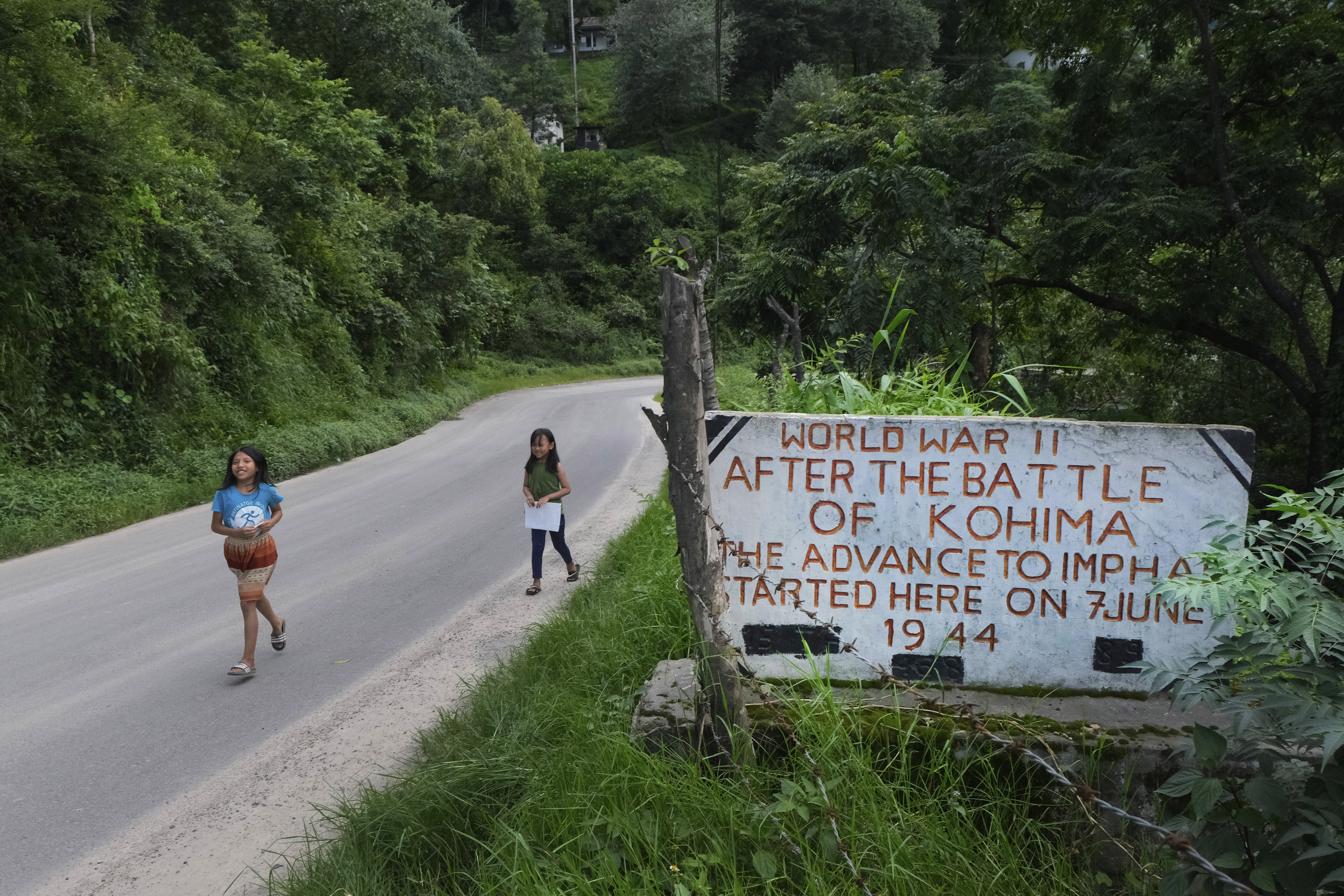
In April 1944, 15,000 men from the 31st Division of Japan’s Imperial Army commanded by Lt. Gen. Kotoku Sato arrived to take over Kohima, a hill town that was also the British headquarters in the Naga Hills. The station, on the Indian border with Myanmar, was considered strategically important for Japanese advancement into British-held India.
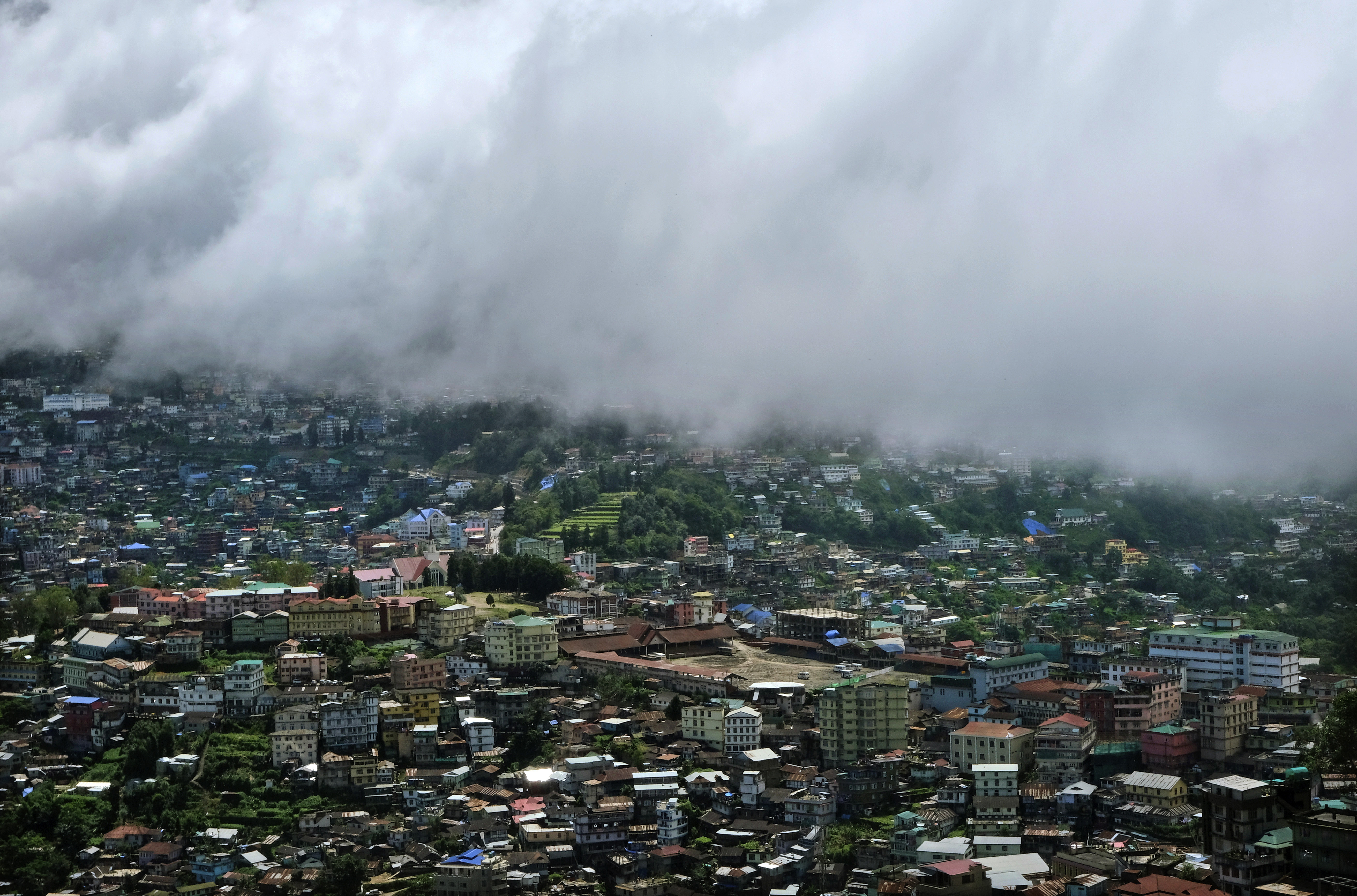
The face-off that ensued earned nicknames like the “Stalingrad of the East” — it was a decisive turn in the war — and “The Battle of the Tennis Court,” referring to the setting around which heavy fighting went on for days, at times involving hand-to-hand combat.
The lines of the court have been preserved in the well-manicured lawns of the Kohima War Cemetery, the final resting place for more than 1,420 British Commonwealth soldiers.
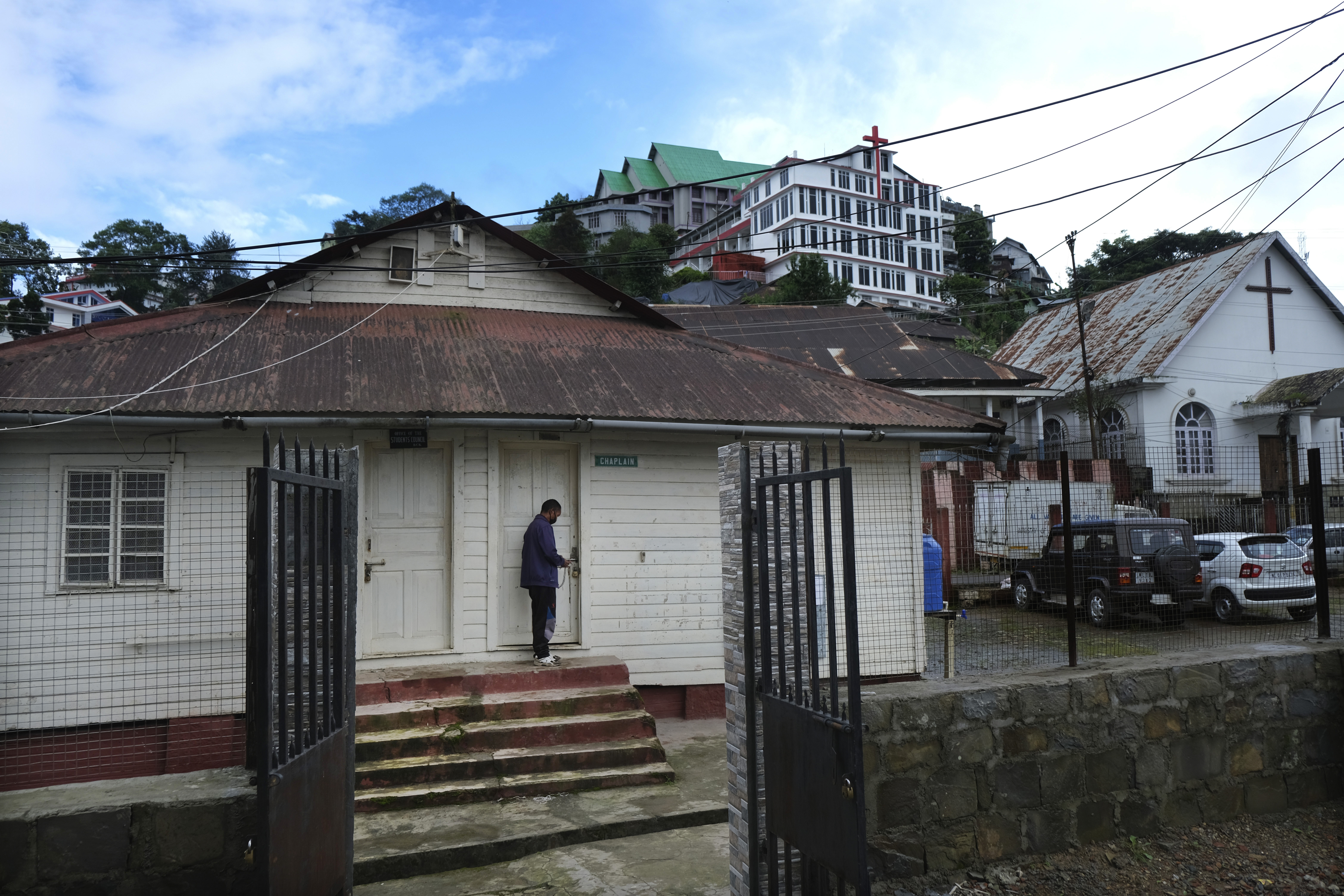
Adjoining the administrative center of Kohima town is the village area, home to the Angamis, a fiercely independent Naga tribe. Between April and June 1944, the Japanese and Allied forces battled across Kohima and the villages around it.
Read | 75 Years of WW II: Marking the Japanese surrender
Kuou Kesiezie, 108, vividly remembers sprinting down the base of the Pulie Badze mountain. A British army porter, she had hurried back home after dropping off a load of supplies when she realized she still had an ammunition belt on her shoulder, she recalled with a chuckle.
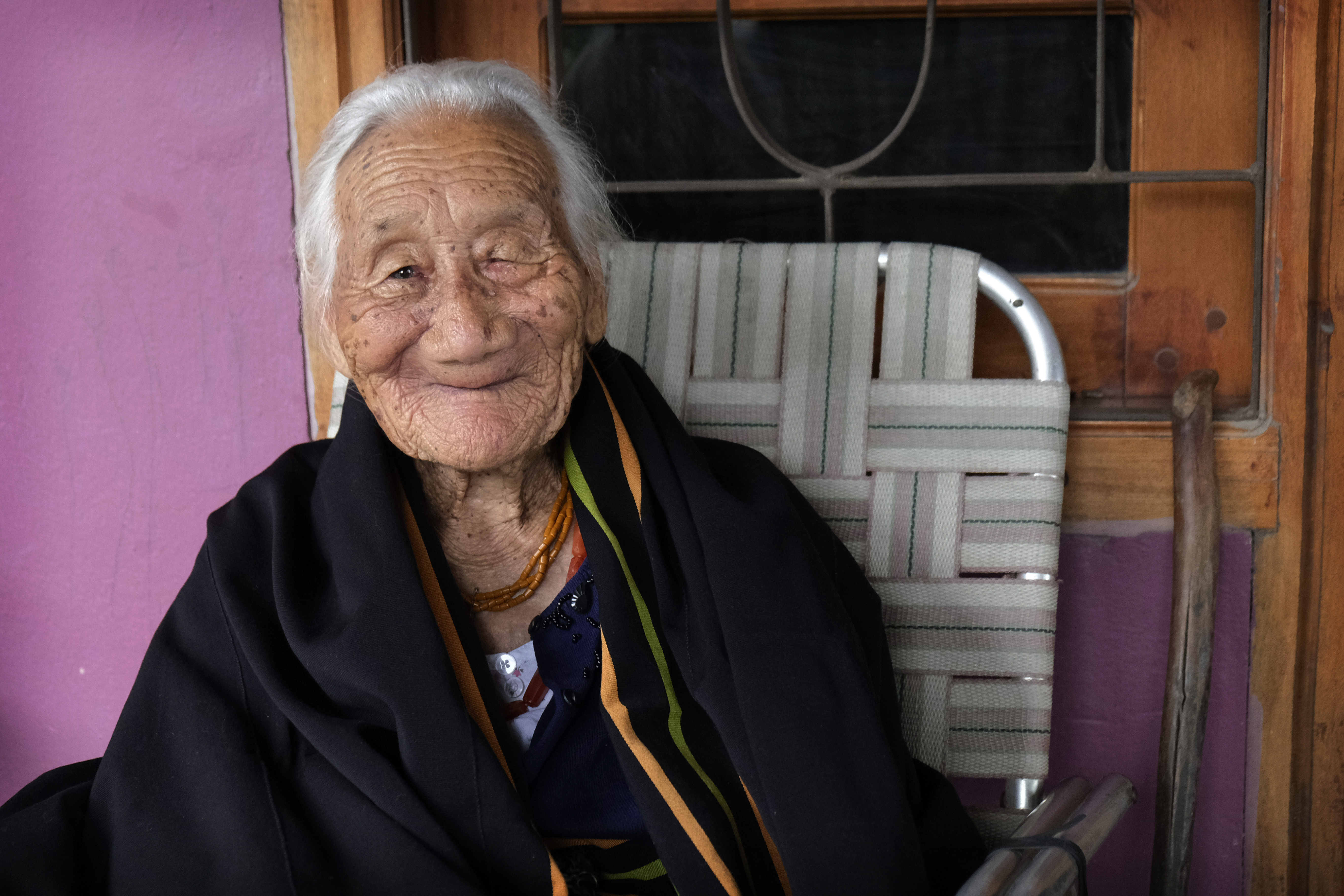
A population that had never been exposed to live beyond the village saw battle tanks and fighter planes dropping bombs over their beloved land.
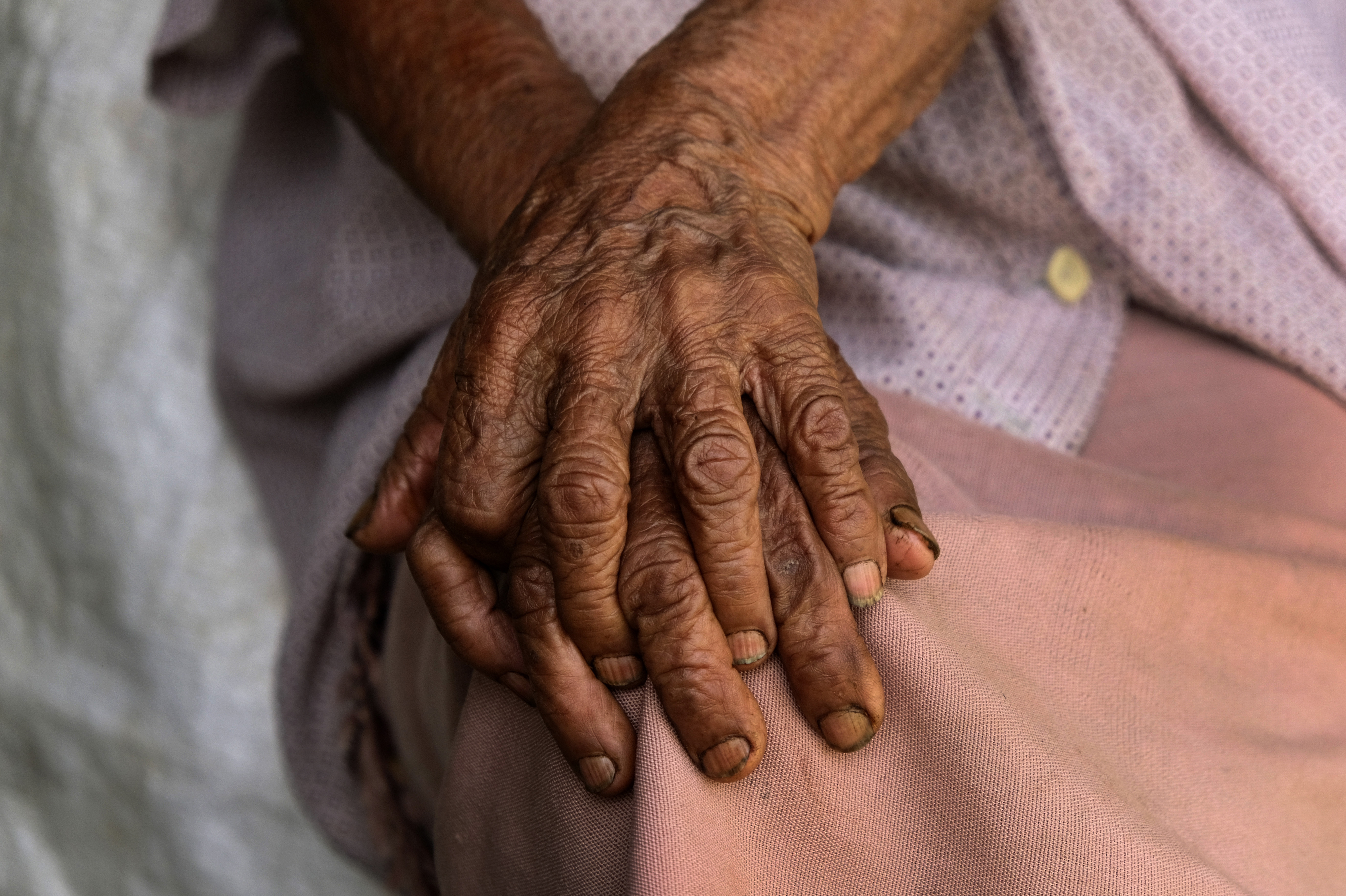
But it was war and they had no choice, said Visakuolie Suokhrie, 83.
“They had to burn our village down to chase the Japanese out,” he said.
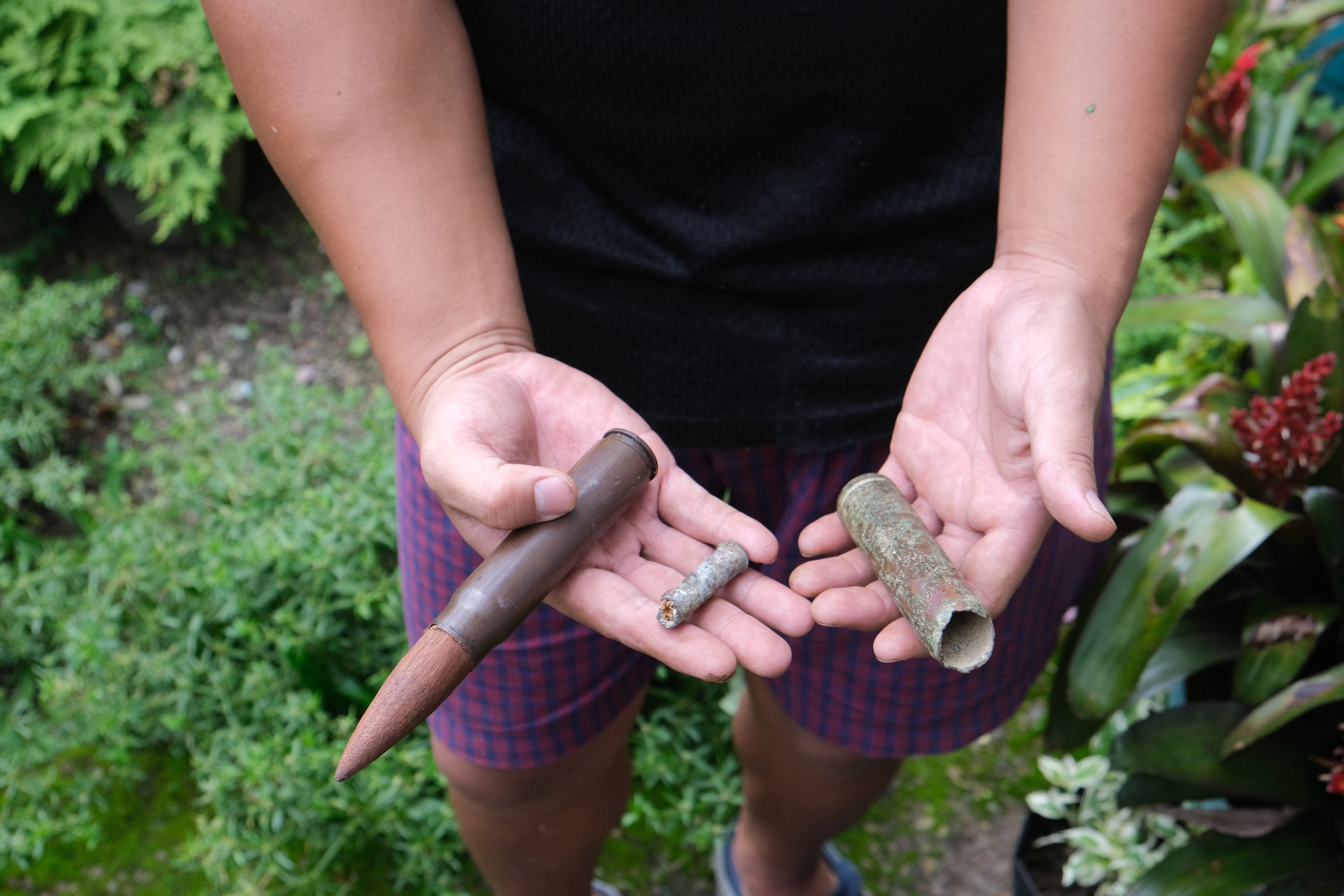
They returned home to total bareness — there were no seeds even to plant anew. The British provided supplies to rebuild homes. They planted “rusulho,” or ration rice, a variety that many in Kohima still cultivate.
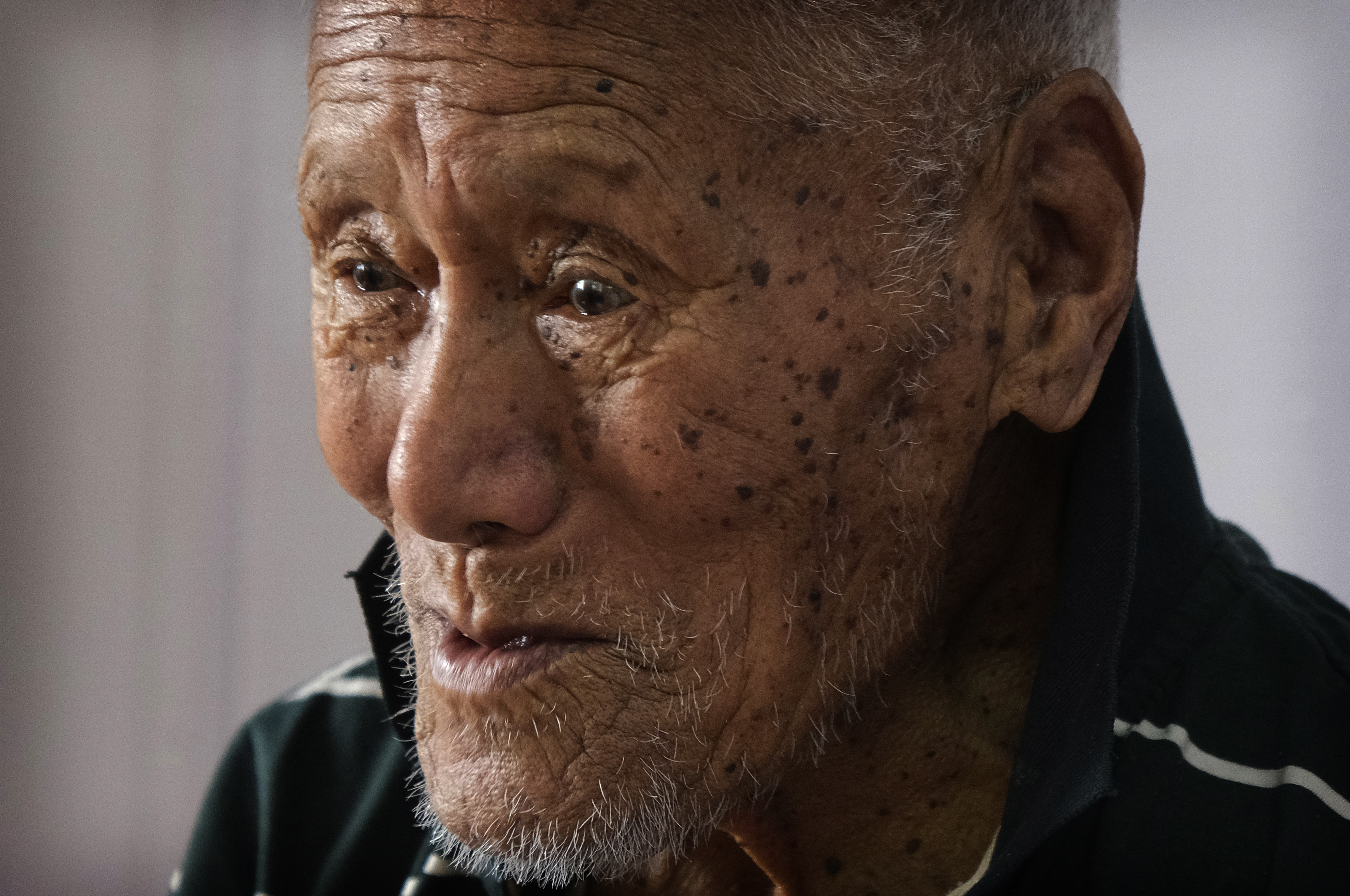
While many Nagas supported the Allied forces, others backed the Japanese with whom they shared some physical features and in the hope that they would help the Nagas achieve independence from Britain.

B.K. Sachu, 86, recalled the kindness of a doctor who “could not watch children suffer, he would treat them. From him I understood how good the Japanese were,” he said.
But Japanese troops were low on supplies. It is said that it was hunger that cost them the battle of Kohima. Local help was imperative in this rough mountainous terrain. Anger toward the Japanese grew as the starved soldiers forcibly took away what the villagers had.
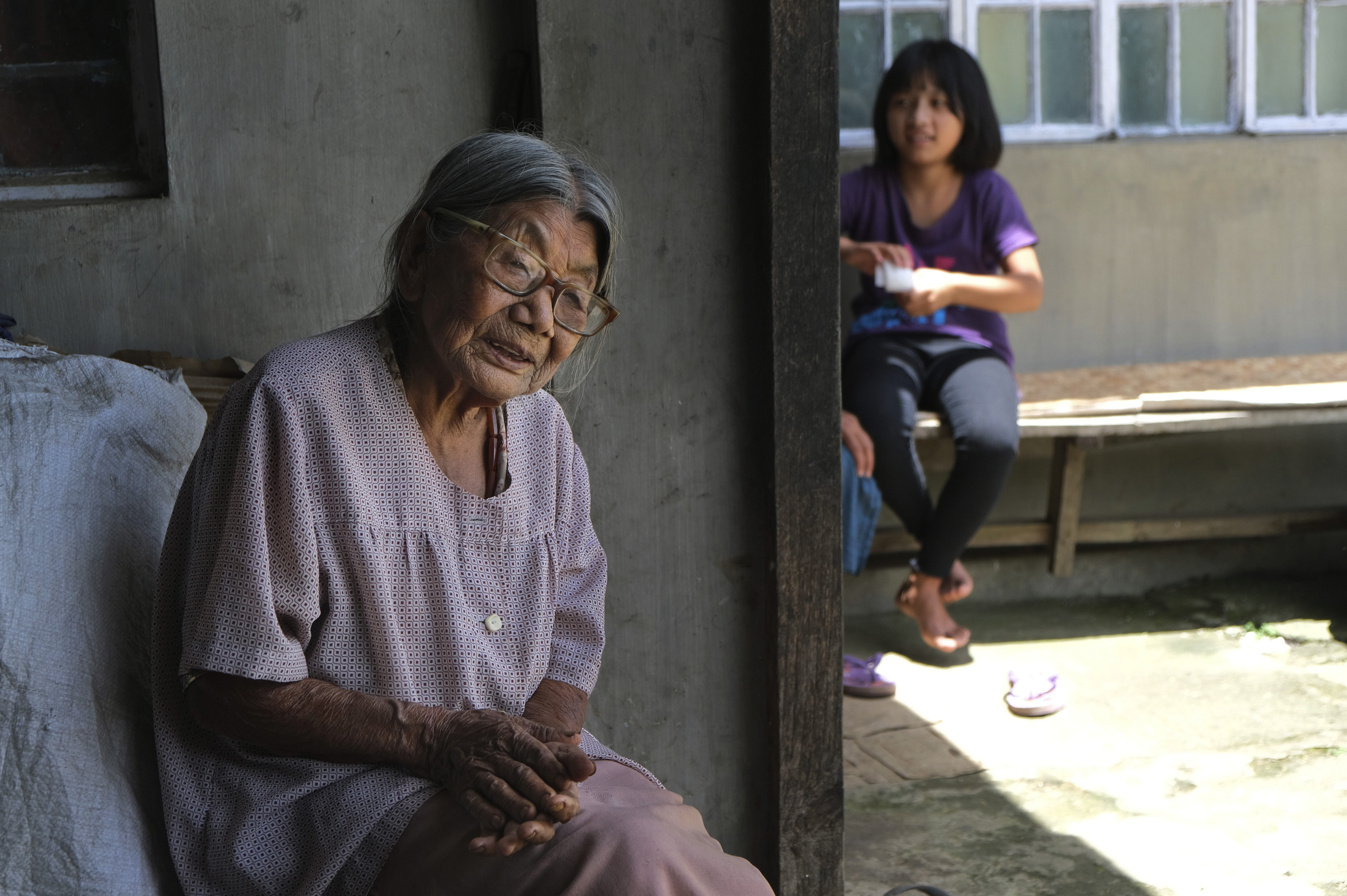
“I was carrying a loaded basket with a chicken placed on top. Japanese soldiers just lifted the chicken and took it away without even saying anything,” Vizo said.
British Field Marshal Sir William Slim acknowledged the tribespeople’s role in his 1956 book “Defeat into Victory.”
“There were the gallant Nagas whose loyalty even in the most depressing times of the invasion had never faltered. Many British and Indian soldiers owe his life to the naked headhunting Naga,” he wrote.
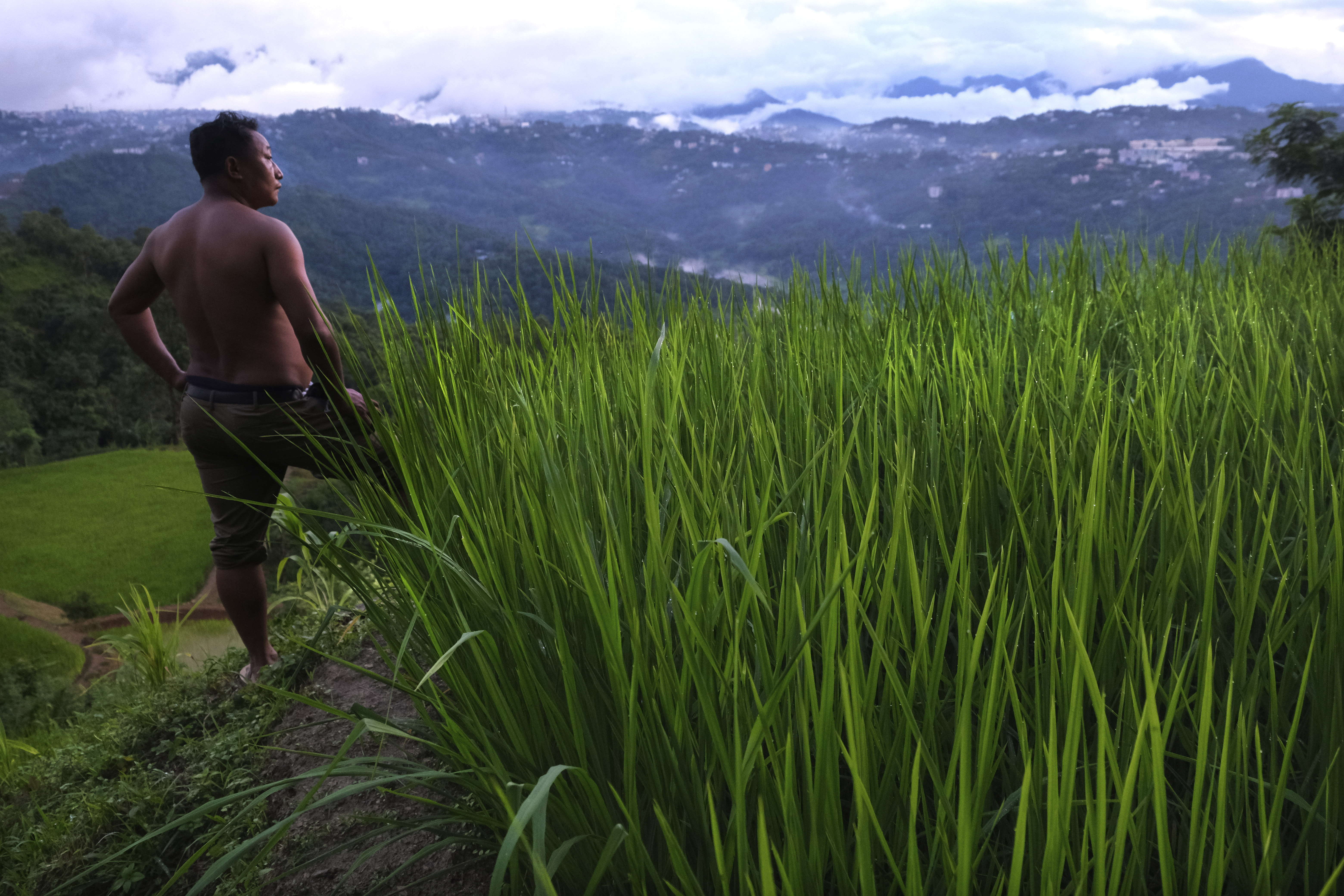
The war and soldiers are long gone. But reminders of the devastation remain. A weedy plot bears the mangled bodies of eight children who were killed in 1976 when a war-era bomb exploded where they played.
For the locals, World War II was a conflict brought to their quiet lands by outsiders and along with it, immeasurable loss.
“We suffered during the war,” 101-year-old Vichüzo Rutsa said softly from his bed.
(AP)
